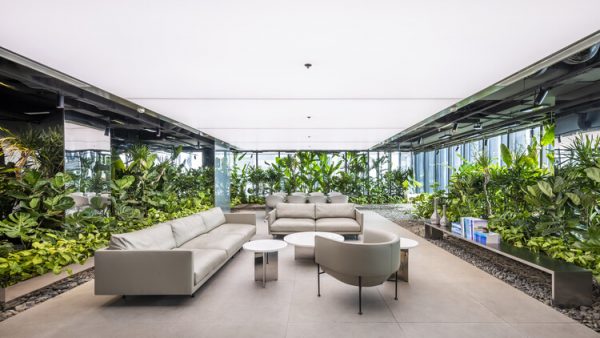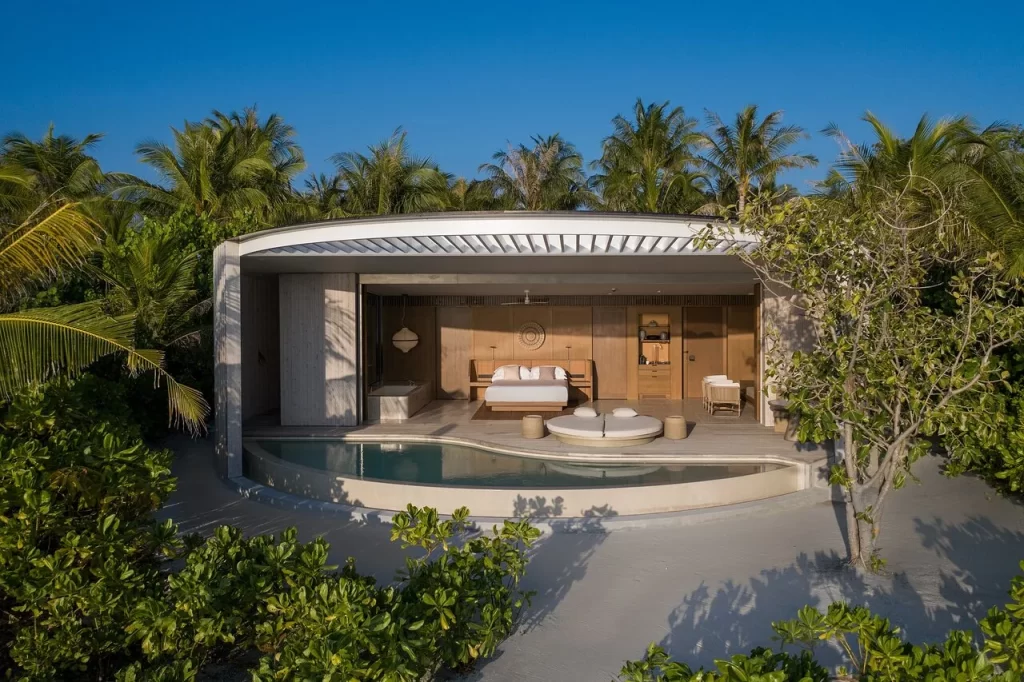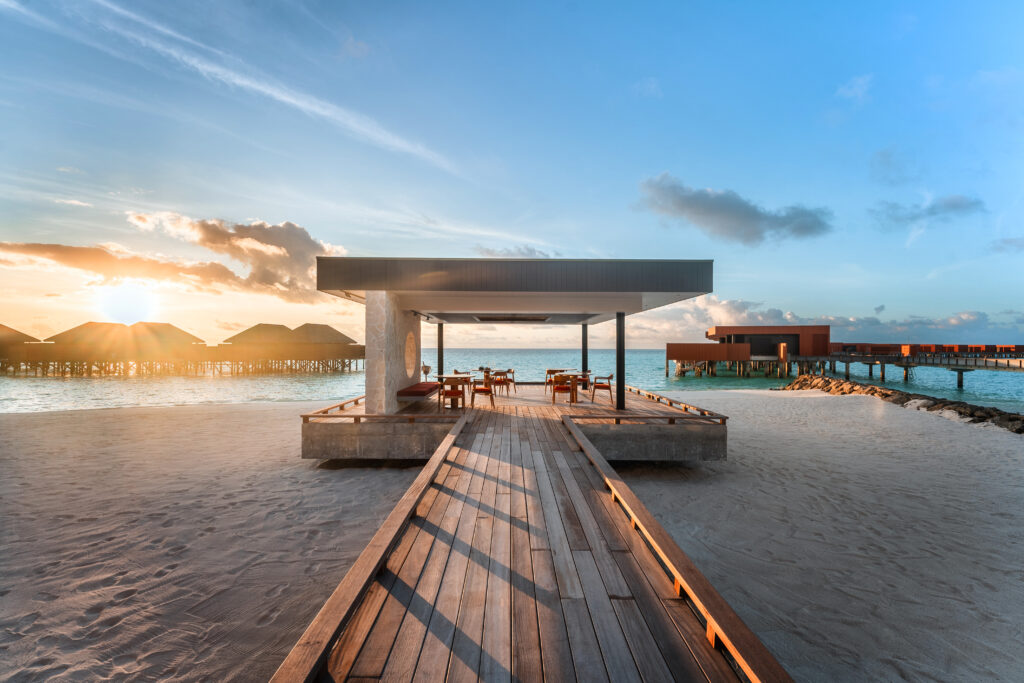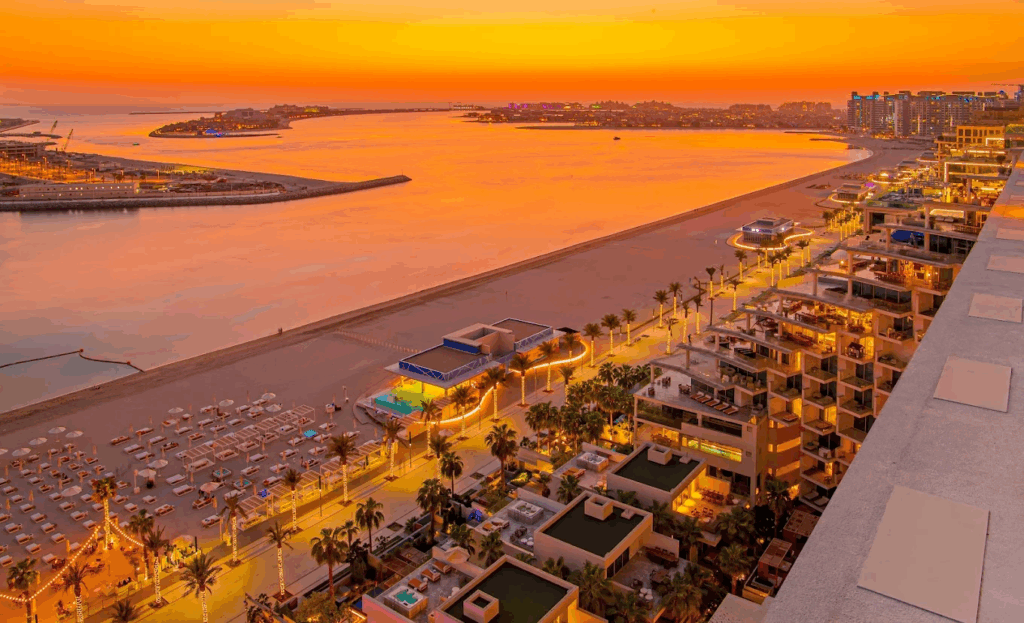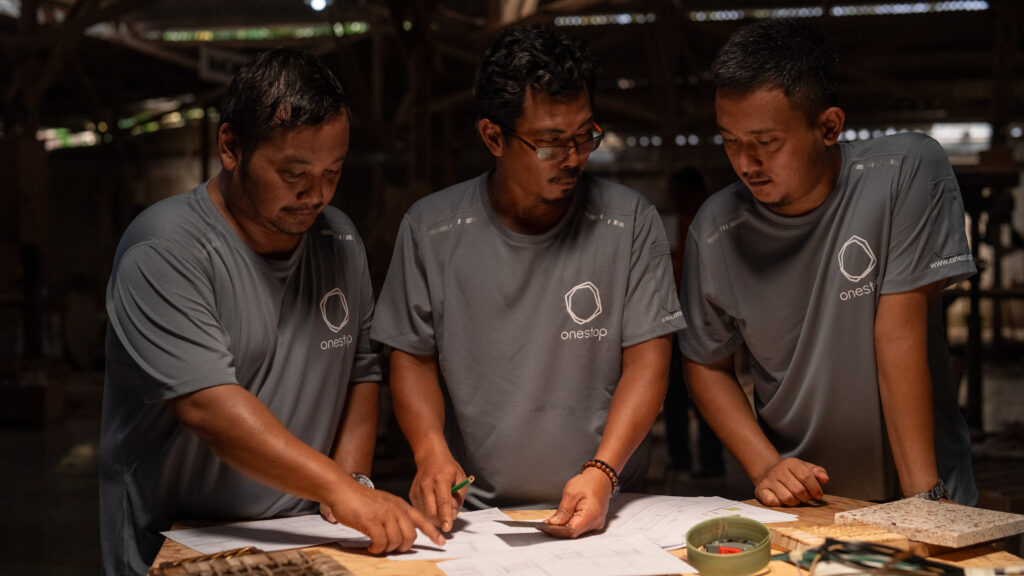WAYS COVID-19 HAS CHANGED DESIGN
Covid-19 has been a concerning issue globally for the past two years since it was first discovered. Since then, the world has shut down and is gradually reopening with many countries opening up their borders. Day-to-day activities and norms are also being reinstated. One thing’s for sure, the pandemic has altered the way we exist and function – changing the social fabric of our community. More people now prefer to work and stay home away from crowds. The increased use of virtual mediums are also seen as work, concerts, weddings, and other events are moved to the digital space. All this has led to a change in how people use and design their space indoors, be it at home or work. From more greenery to sustainability to even better hygiene and sanitisation functions, let’s take a look at some of these changes.
OPENING UP INDOORS
By simply scrolling through the web and watching videos on YouTube, we noticed that more people are opening up their space and prefer having an open plan. These plans promote natural sunlight in and allow for more air circulation – leading to cleaner and fresher air indoors with minimal use of fans and air conditioners. These spaces and their new openness also allow for more functions. Furniture is easy to move around and reconfigured according to the theme event or the size of the gathering. Using foldable doors to partition spaces and full-frame windows also help in creating the open ambience of the owner.

COLOURS AND TEXTURES OF POSITIVITY
While space and partition is the first step in creating an open environment, having vibrancy in the space also helps to create that illusion. Bright colours such as green, red, orange, blues and purples are increasingly getting popular. This is unsurprising because much of life’s colours have been taken away during the pandemic and using colours indoors is a sign of people showing excitement and optimism when the world reopens. Smooth surfaces and textures are also gaining popularity as it is easier to clean up. Simple, geometric shapes also help to further mitigate dust and uncleanliness in different spaces.

LIFE & GREENERY
During the pandemic, many more people took up gardening and adopted plants indoors to replicate life outdoors. With no access to parks and gardens during the lockdown period, people realised the importance and impact of greenery in their lives. Bringing greenery indoors also help with the mental well-being of a person. It also helps to circulate and clean air naturally. Designers and space owners are also not limited to how they can set up and showcase their newly found hobbies. From vertical gardens to wall hanging pots to terrariums to even an indoor greenhouse made with glass cabinets, there are plenty of ways to include greenery in your space. Antiques and thrifted items are also wildly popular among those with green thumbs; with more opting for sustainable materials.

CONTACT-LESS DESIGN FEATURES IN PUBLIC SPACES
One of the biggest changes in our lifestyle is how Covid-19 has elevated the importance of sanitisation and maintaining good hygiene. Homeowners have become more mindful when it comes to visitors, making sure they can clean themselves before entering the space. That’s why ventilation systems and air purifiers are also gaining popularity to help ensure that the air is constantly clean. Contactless doors and access systems are widely used in newer buildings while voice-activated homes and spaces are often also preferred to limit the touching of surfaces.

KEEPING YOU & YOUR FAMILY SAFE!
As we progress with the pandemic, we are bound to adapt to the permanent changes that are happening around us. These influences that are stated earlier on are only a small portion of newer norms we noticed. By transforming your spaces into a more hygiene–friendly environment, it makes it easier to continue keeping up with your usual daily tasks while being in a new and improved space. If you wish to seek professional advice on how you can turn your space into a more adaptive environment through the use of furniture and finishings, get in touch with us here for a free consultation!
